A few months ago, I signed up for an event that brought together high school students from Beijing and Macao. We collaborated on a science project for several months before finally meeting in Beijing for exchanges and a tour of the city.
Last week, we met the students from Macao and had a fantastic tour around Beijing. The tour included locations that showcased both Beijing’s historical significance and its contemporary technological developments. It also avoided popular spots that most Beijing students have already visited, giving everyone a completely new experience.
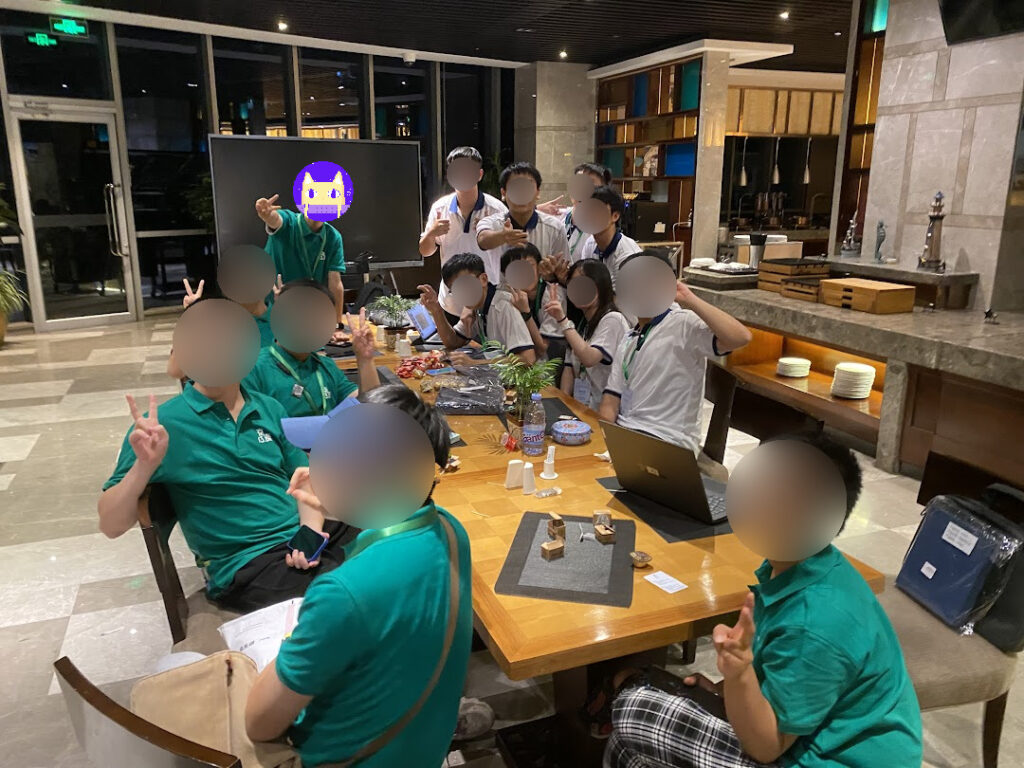
While the tour was incredibly fun, the most important part of the trip was the “exchange” aspect. Although I might have seen people from Macao before, I had never talked with them, let alone had an in-depth discussion. I had many misconceptions about people from China’s SARs, but this trip shattered them.
For instance, I learned that people from Macao do use WeChat. Previously, I thought WeChat was exclusively used by mainland residents. The Macao students mentioned that “WhatsApp is for old folks.” They also spoke impeccable Putonghua (the standard Chinese dialect) along with Cantonese, the dialect used in Hong Kong and Macao. Their Chinese teachers apparently use Putonghua for instruction.

Fun things aside, there were also some interesting differences between the students in Beijing and Macao that I observed. These are the most important fruits of the trip.
For one, the students from Macao are significantly more mature than the students from Beijing. This most likely amounts to a difference in age (Macao students are older than Beijing students); however, it does give a distinct impression between the students from the two regions.
Some students from Beijing were unbelievably selfish, seeking attention all the time. One person consistently sat in the most respected seat when dining, despite being told not to—a severe lack of proper etiquette. The students from Macao, however, were always respectful and courteous. When Beijing students were nearby, they would instinctively switch from Cantonese to Putonghua. This way, Beijing students could understand what they were talking about.
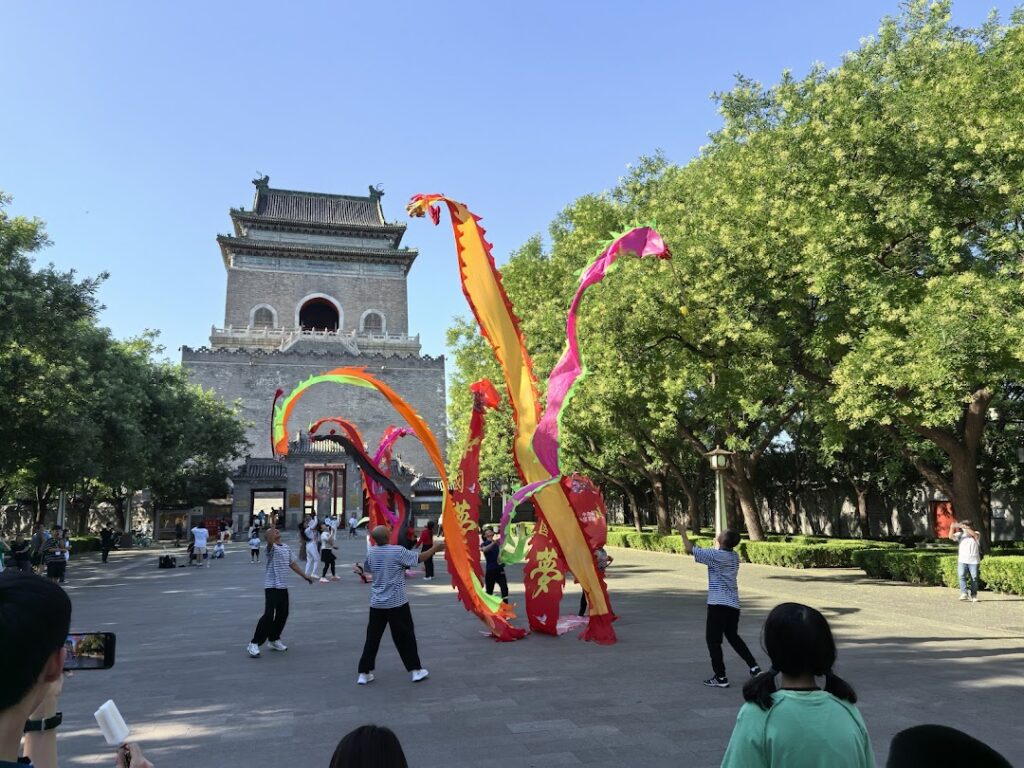
On the third day of the event, all of the students presented their projects. All of the four teams’ projects were led by the Macao students, with the Beijing students only playing an auxiliary role. From the beginning of my school’s project, the incredible leadership abilities of the Macao students also left me with a deep impression.
The Macao students are capable, remarkably more so than anyone that I have ever worked with previously. During our project, the Macao students automatically took the initiative by leading the way. The Macao students had a clear team-working setup: before each weekly meeting for our project, one specific student would send the meeting minutes; after the meeting, the same student would send the meeting summary. The team leader from Macao also skillfully collected everyone’s strengths and interests before the start of the project and made teamwork arrangements accordingly. All of these abilities were hardly seen in Beijing students, many of whom often rejected responsibilities and dodged work.
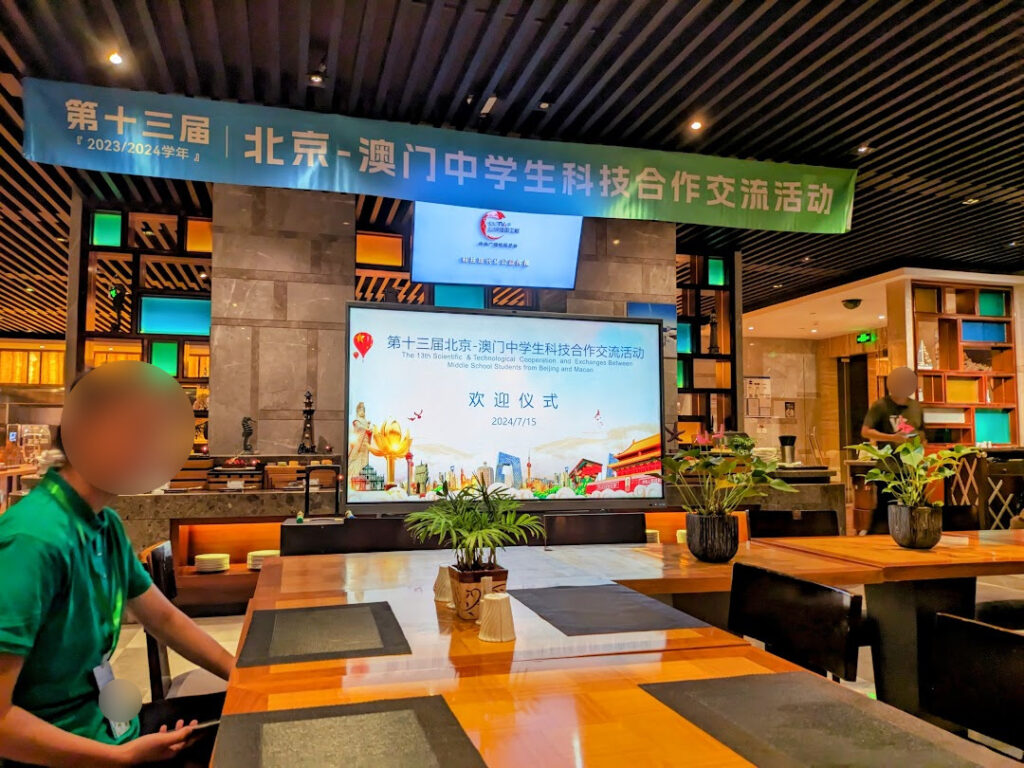
To be fair, some students from Beijing were also mature and capable. However, the number of such students pales in comparison with that of Macao’s. An important question therefore arises: what might be the difference? The difference lies in education.
The goal of the Chinese (mainland) education system is simple: the gaokao, the national university admissions exam. The gaokao, however, doesn’t focus on the knowledge itself. Instead, it focuses on weird “tricks” that students cannot learn without endless practice.1 For instance, high schools don’t teach calculus, yet some math and physics problems inherently require its use. To circumvent this, students learn nonintuitive and complicated methods to solve these problems without touching the “wicked” calculus tools.
As a result, schools train students to adapt to this flawed system that values tricks over genuine understanding. This approach undermines the development of key skills that are not immediately useful for the gaokao, such as leadership and teamwork. Consequently, students often lack these abilities because they never have the opportunity to develop them. Many students even take pride in their ability to use exam tricks, unaware that these methods are of little value beyond the gaokao.
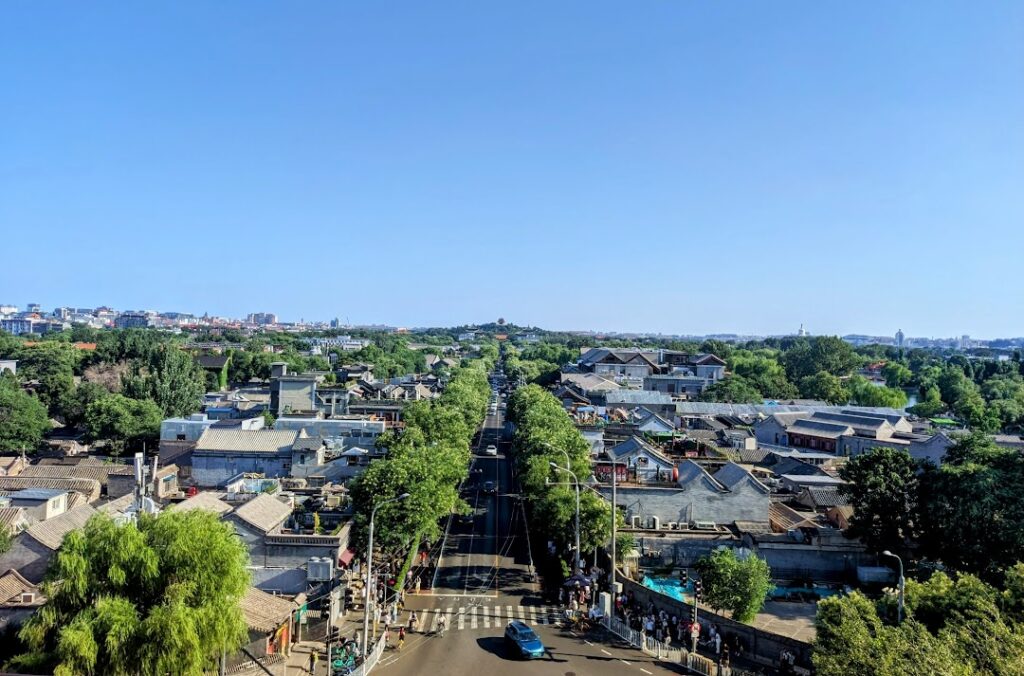
In contrast, Macao’s education system, as with much of the western education system, encourages students to think critically and go beyond their classrooms. Students can participate in extracurricular activities that have a direct impact on their college admissions. This allows them to stay aligned with realistic goals while pursuing self-betterment.2 These key differences ultimately amount to the difference in abilities shown in the event.
Over the years, many have discussed the issues with Chinese education. Many critics seem to believe that despite the flaws, our education system is great for promoting fairness. The argument goes like this: college admissions in western countries require extracurricular activities that are often inaccessible to disadvantaged students. They go on to say that the Chinese system is the fairest in the world, because it uses a single score to measure all of your achievements and does not require any family background, only one’s hard work. As China News would put it, gaokao is an exam that is “talent over background.3” In the balance of equality and efficiency, gaokao chose equality, which is suitable for the Chinese situation.
This argument, however, is grossly untrue. China’s gaokao is not fair—in fact, quite the opposite. As Helen Gao, member of the Fairbank Center for Chinese studies, would put it, “While many of their urban peers attend schools equipped with state-of-the-art facilities and well-trained teachers, rural students often huddle in decrepit school buildings and struggle to grasp advanced subjects such as English and chemistry amid a dearth of qualified instructors.4” Obviously, students in Beijing have access to much better opportunities than students from my grandparents’ home province, Gansu.
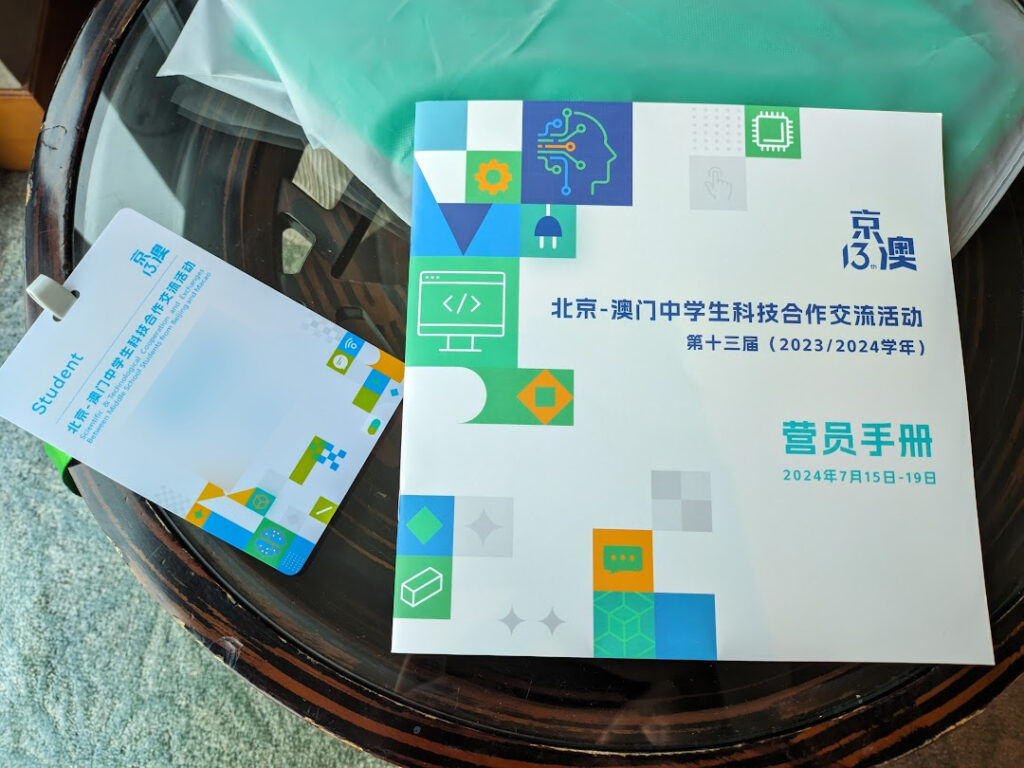
The contrast in abilities between students from Beijing and Macao reflects deeper issues with China’s gaokao-centered education system. In the event, Macao students displayed maturity, leadership, and teamwork skills, yet Beijing students take pride in mastering test-taking tricks. It is the education system that is severely hindering China’s further development, especially as the nation heads into a period requiring growth that prioritizes quality over quantity.
We need education that, instead of teaching students exam tricks, fosters actual critical abilities. China needs students that are able to lead, think critically, and collaborate effectively, all of which cannot be accomplished under the current system. That should be one of China’s critical goals over the next few decades.
(July 20, 2024)
References
- Kaiman, J. (2014, February 22). Nine-hour tests and lots of pressure: Welcome to the Chinese School System. The Guardian. https://www.theguardian.com/world/2014/feb/22/china-education-exams-parents-rebel ↩︎
- The College Board. (n.d.). Extracurriculars matter – to you and to Colleges. BigFuture. https://bigfuture.collegeboard.org/plan-for-college/stand-out-in-high-school/extracurriculars-matter-to-you-and-to-colleges ↩︎
- China News. (2017, June 9). 西媒称中国高考制度依然公平:不问出身只看才华. https://www.chinanews.com.cn/m/sh/2017/06-09/8245977.shtml ↩︎
- Gao, H. (2014, September 4). China’s education gap. The New York Times. https://www.nytimes.com/2014/09/05/opinion/sunday/chinas-education-gap.html ↩︎